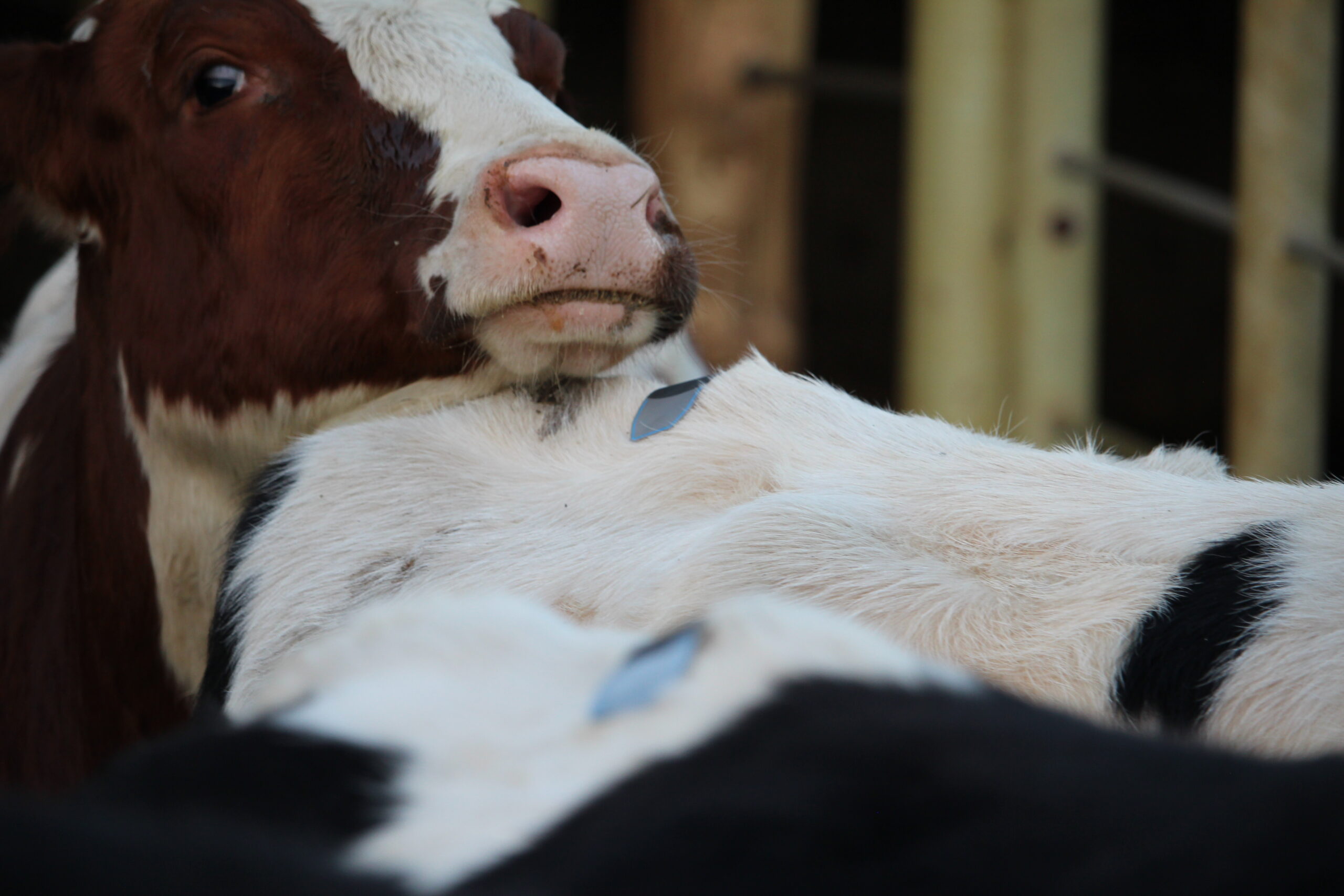Monitoring estrus intensity in cattle helps optimize reproduction and can be done efficiently with visual…
Increasing fertility by curbing pregnancy loss
University research has shown that the stronger the intensity of a cow’s estrous (heat), the better chance she has of holding her pregnancy.
These findings could help New Zealand dairy farmers improve the fertility of their herd by having a heat detection plan in place to ensure animals are put up for AI when their estrous intensity is at its strongest.
Dr Ky Pohler, Assistant Professor Texas A&M University, presented these latest dairy cattle fertility research findings to CRV field consultants and AB managers.
As a specialist in reproductive efficiency, one of the topics in which he is interested is helping farmers increase fertility by decreasing pregnancy loss.
The research has shown that following initial conception (on average 80%), up to 30% of pregnancies are lost in the early embryonic period (P1 – first pregnancy exam). There is then a further 12% loss due to late embryonic mortality.
These findings are also supported by a large NZ study led by AgResearch and published in the September 2016 DairyNZ Technical Series “Research finds most pregnancy losses occur in first week”. This work states that the pregnancy rate 70 days after first insemination was 55%, with a fertilisation rate of 86% of eggs, when cows are inseminated at the correct time.
The big question Pohler and his team asked is, why do cattle, which are positive in P1, go on to undergo pregnancy loss?
One clue they have uncovered is the significance of the relationship between the intensity of estrous at the time of AI and pregnancy holding rate. Cows showing strong estrus intensity at the time of AI may have an improved pregnancy holding rate.
With fertility such an important issue for the dairy industry, how can farmers ensure they are mating at the correct time of the estrous cycle? This is where having a heat detection plan is critical and there are many elements to consider, including the correct use of heat detection aids.
Pohler said, “We have been using Estrotect patches in our research. They have been invaluable because the farm staff and research technicians can use the patch score as a clear indication of estrous intensity. We have scored patches on over 10,000 animals in our data set.”
In 2019, Estrotect introduced an additional feature which clearly shows whether the animal is ready to breed or not. Patches are scored from one to four, with scores three and four indicating strong estrous intensity.
CRV sales and marketing manager Jon Lee says the company is really pleased to see the latest research results confirming the relationship between a cow’s estrous intensity and her pregnancy holding rate.
“With Estrotect, we’re confident we are providing our farming customers with a reliable tool to help them successfully detect premating heats. Farmers have a lot riding on their AI so we want to ensure they are putting cows up at the right time to minimise the risk of pregnancy loss.”
Source:
- Source: Getting The Basics Right
- Date: 1/7/2021
- Link: https://issuu.com/ruralnewsgroup/docs/gtbr_2021_issue_20/54



